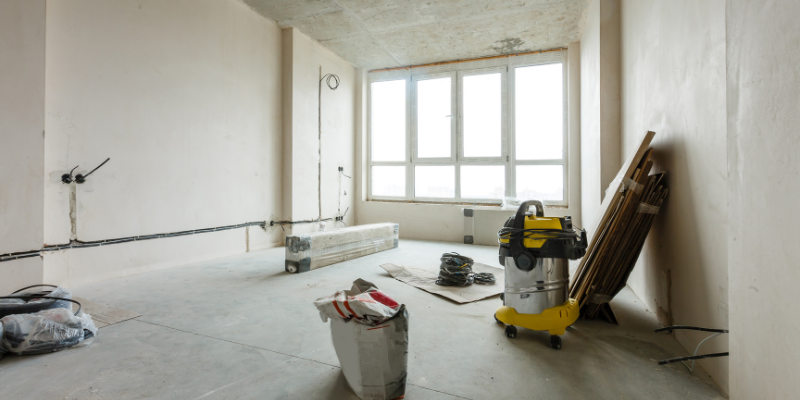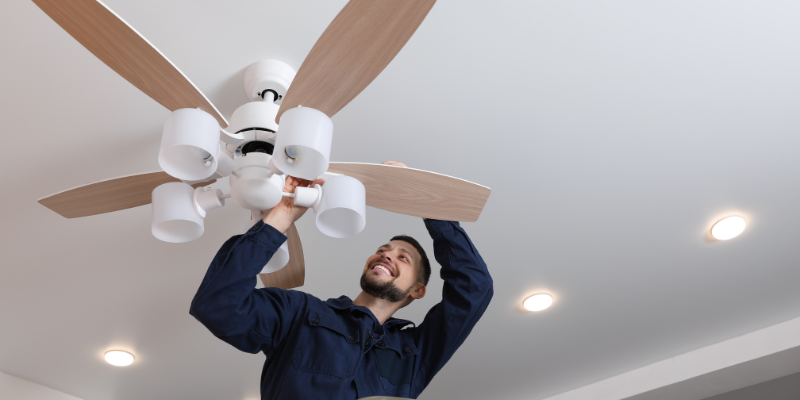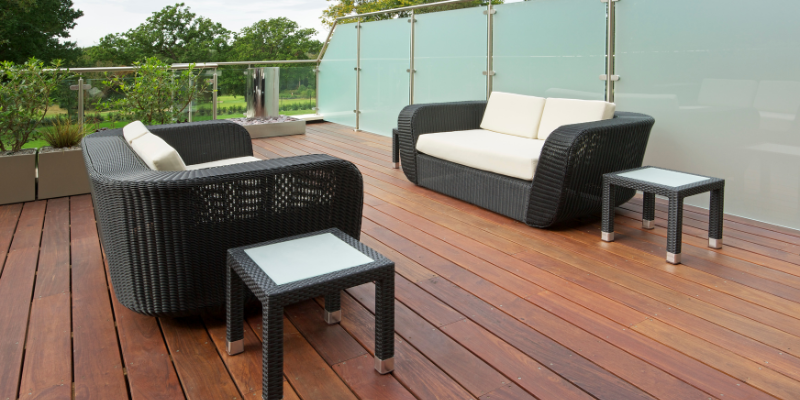Handyman Alpharetta GA: How to Prevent Wood Rot
Handyman Alpharetta GA: How to Prevent Wood Rot
We’ve all heard that wood rot is a common problem in older homes, but what is it? How do you identify it? Most importantly, how can you treat it?
Wood rot starts when moisture seeps into the walls or floors of your home from outside sources. This causes the wood to dry out and eventually decay.
If left untreated, wood rot can cause serious damage to the structural integrity of your home.
Preventative measures can save you thousands of dollars in repairs and replacement costs.
Here, we will learn how to identify and treat wood rot on the spot before it causes more optimal damage.
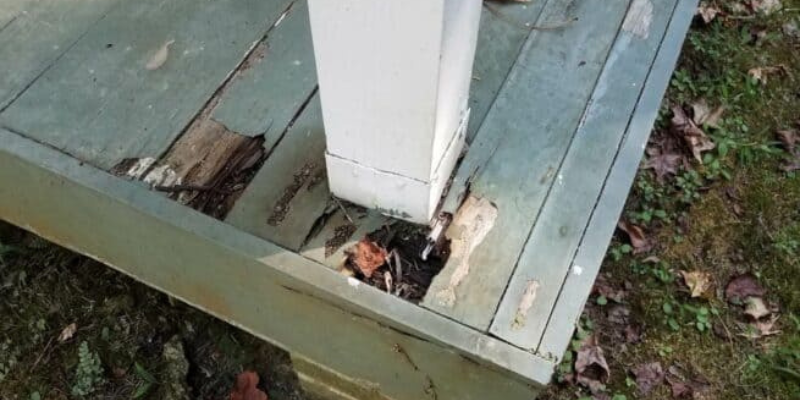
What Is Wood Rot?
Wood rot is caused by fungi molds that thrive in damp conditions. The fungus grows slowly over time, causing the wood to weaken and break down.
Once the wood rots away, water can enter the wall cavity and cause further damage.
Wood rot is a common problem for homeowners who live in areas where trees naturally grow.
The fungus responsible for
wood rot attacks the tree’s vascular system, causing the sapwood (the inner part) to dry out. This makes the wood vulnerable to decay.
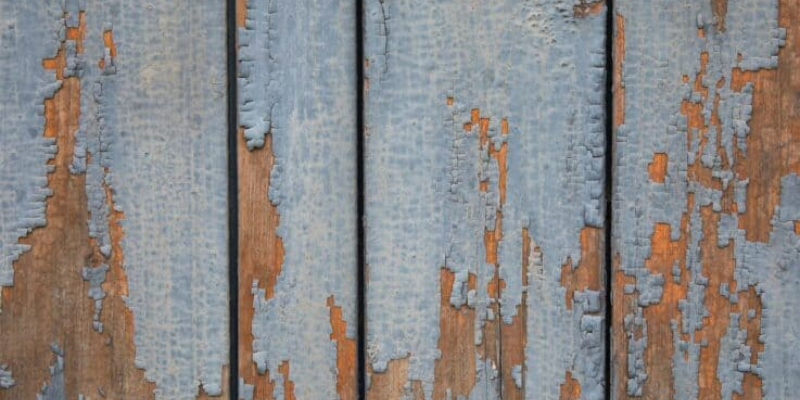
Where Should I Look For Wood Rot?
This hazard can strike any part of the house that is made of wood, both on the interior and exterior but, like all fungi, it particularly loves places with poor air circulation that are often damp and dark.
Here are some of its most commonly affected areas:
- Window and exterior door frames
- Sink cabinets and kitchen cabinets
- Deck and patio structures
- Kitchen, bathroom, and basement baseboards
- Near gaps in exterior siding or roof shingles
- Attic joists and rafters
- Under the eaves of the roof
- Basement and crawlspace structures
- Frequently damp areas (like near bathtubs, showers, household appliances, and water heaters)
What Are The Signs Of Wood Rot?
Even if you can’t see the surface growth of these fungal species on the wood in and around your home, there are other ways to identify wood rot.
As you go about your regular home improvement projects, keep an eye out for these telltale signs of wood rot.
Exterior Damage
Whenever you spot cracks or holes in the home’s exterior, it should be cause for concern. Damaged siding, roofing, window and door frames, even those made of vinyl or aluminum creates the opportunity for water infiltration. Not only does this lead to water damage, but it creates the perfect breeding grounds for wet rot fungus.
Wood Damage
Look for signs of wood damage around the home. Rotten wood comes in many forms: discoloration, shrunken size, cracks, and splintering.
Fungal Growth & Spores
A cottony texture or a silky gray growth along the surface of the wood is a clear sign of fungal activity. Spores may be visible as yellow, purple or white patches around the rotting area. In general, try to identify the symptoms of mold, mildew, and other fungal growth.
Musty Smells
Smart homeowners know that they should trust their nose. Water damage, mold and wood rot give off a telltale odor. Fungal decay produces a musty, earthy smell as it breaks down wood into organic materials.
Flaking Paint
If you see signs of paint damage, it may be a sign that there is underlying wood rot. Pay attention to the surface of siding, frames, exterior doors, baseboards, flooring, and drywall. Any bubbling, blistering, cracking, or flaking paint should be a warning for you.
Excess Moisture
Because water is a necessary ingredient for wood rot growth, any signs of extra moisture are worrisome. Humid rooms, such as the bathroom and laundry room, are more likely to be threatened by water damage and rot. Leaking pipes, appliances, or fixtures can be a source of wood damage. Excess condensation around windows can also lead to water accumulation, mold, and rot.
Insects
Finding termites and carpenter ants around your home is problematic for a number of reasons. Infestations cause wood damage and may be difficult to control.
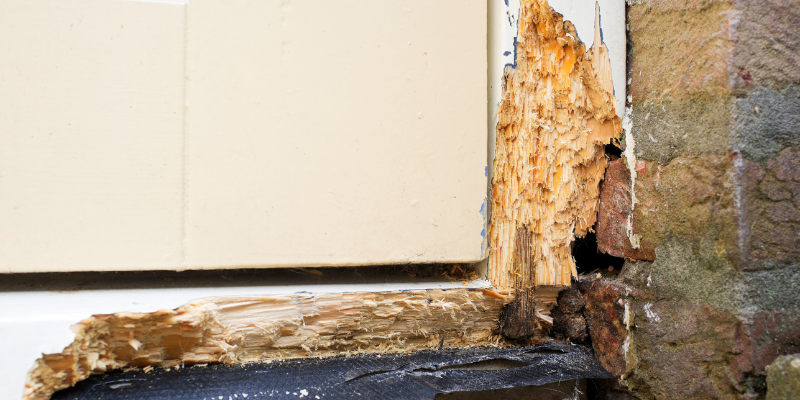
How Can Wood Rot Be Treated?
If you find a wood rot infestation in your home, it can be treated. Treatment is especially effective if you’ve found the rot in its early stages.
To treat the affected timber, you’ve got to first dry out the rotting wood entirely. Use a dehumidifier to dry out the affected wood. Then, apply a wood preservative to keep future fungal infestation at bay.
If the wood affected by rot is soft, it may be too late to treat. At this point, you may have to consider removing and replacing the timber affected altogether.
Need a Handyman in Alpharetta GA?
Give us a call!
We also provide handyman services for the
Lilburn,
Suwanne,
Buford,
Lawrenceville,
Duluth,
Norcross,
Stone Mountain,
Gwinnett County,
Cumming,
Roswell,
Johns Creek,
Dunwoody,
Sandy Springs,
Buckhead,
Midtown, and
Brookhaven.
You might also like
The Handyman Home Repair Blog
Areas We Service:
Alpharetta, Brookhaven, Buckhead, Buford, Cumming, Dacula, Doraville, Duluth, Dunwoody, Grayson, Lawrenceville, Lilburn, Lithonia, Loganville, Midtown, Norcross, Roswell, Sandy Springs, Stone Mountain, Snellville, Suwanee, and more!
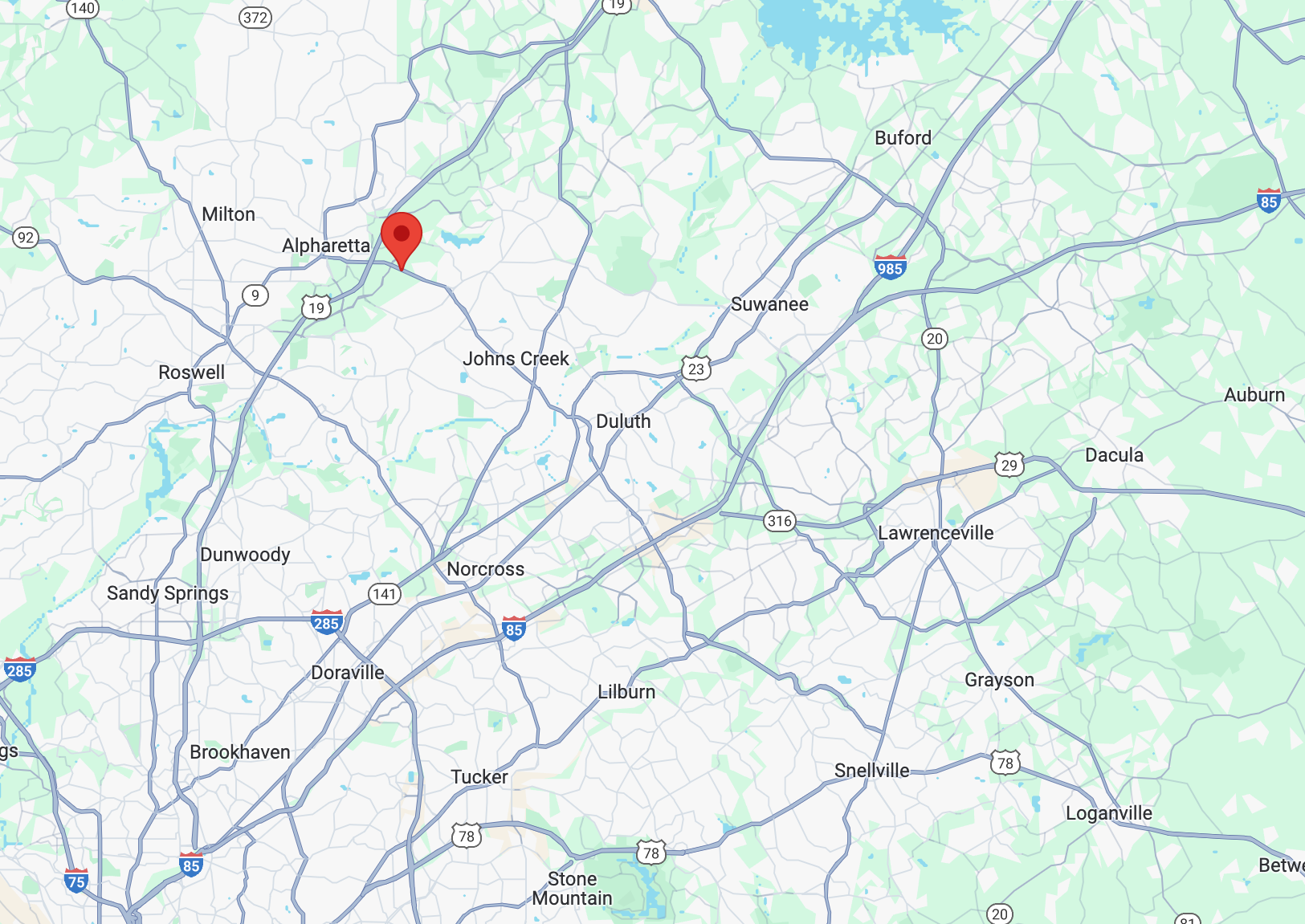

Working hours
- Monday
- -
- Tuesday
- -
- Wednesday
- -
- Thursday
- -
- Friday
- -
- Saturday
- Appointment Only
- Sunday
- Closed
Handyman Services | All Rights Reserved. Website development by The Clueless Business Owner.
